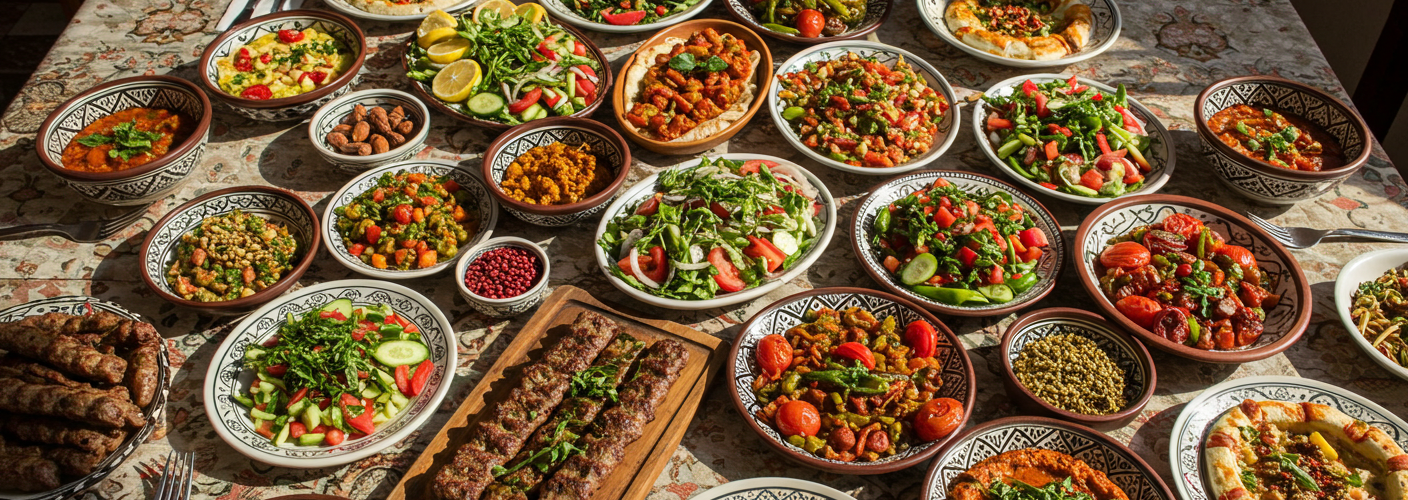Syria, a country rich in history and culture, is equally celebrated for its diverse and flavorful cuisine. All Syria Food serves as a gateway to understanding the unique culinary traditions that have evolved over centuries. From the bustling markets of Damascus to the tranquil shores of Latakia, Syrian food is a tapestry of flavors, ingredients, and cooking techniques that reflect the region’s complex history and varied landscapes.
The Essence of Syrian Cuisine
At its core, Syrian cuisine is a blend of Mediterranean and Middle Eastern influences. A defining characteristic of All Syria Food is its use of fresh ingredients, including vegetables, legumes, grains, and spices. Staples like wheat, rice, and bulgur hold a significant place in the diet, often combined with an array of herbs and spices, such as cumin, coriander, and sumac, which give Syrian dishes their distinctive flavors.
Traditional Dishes Worth Exploring
There are countless dishes that showcase the richness of All Syria Food, each telling its own story through taste and tradition.
- Mezze: Often enjoyed as a starter, mezze consists of a variety of small dishes that are perfect for sharing. From creamy hummus and smoky baba ghanoush to vibrant tabbouleh, these appetizers showcase the fresh ingredients that are the hallmark of Syrian cuisine.
- Kibbeh: Considered a national dish, kibbeh is made from finely ground meat (usually lamb or beef), bulgur, and spices. It can be enjoyed in many forms: fried, baked, or even served raw. Each variation offers a unique taste experience and is often accompanied by yogurt or tahini sauce.
- Fattoush and Tabbouleh: These refreshing salads represent the fresh produce available in Syrian markets. Fattoush, with its crispy pita chips, mixed greens, and tangy sumac dressing, complements heavier dishes perfectly. Tabbouleh, a parsley-based salad mixed with tomatoes, bulgur, and lemon juice, celebrates the vibrant flavors of the Mediterranean.
- Stews and Grains: Dishes like Mujadara—a comforting combination of lentils, rice, and caramelized onions—highlight the importance of legumes in Syrian cooking. Stewed dishes, often slow-cooked, allow for the flavors to meld beautifully, delivering hearty meals perfect for any gathering.
Sweet Endings: Desserts of Syria
No meal is complete without dessert, and Syrian cuisine excels in this department as well. Baklava, layers of filo pastry filled with nuts and sweetened with syrup or honey, is a staple at celebrations. Knafeh, a dessert made of thin noodle-like pastry soaked in syrup and layered with cheese or cream, captures the essence of indulgence. Each sweet treat is a testament to the artistry of Syrian pastry chefs.
Culinary Traditions and Family Bonds
Food in Syria is more than just sustenance; it’s a means of bringing people together. Family gatherings, holidays, and community celebrations often revolve around shared meals, with recipes passed down through generations. The act of preparing and sharing food fosters bonds and preserves cultural heritage, ensuring that the essence of All Syria Food continues to thrive.
Conclusion
Exploring All Syria Food is akin to taking a journey through time. Each dish offers a glimpse of the country’s rich history and cultural significance, inviting all who partake to savor its flavors. For food lovers and cultural enthusiasts alike, diving into Syrian cuisine reveals not just delicious flavors, but also the deep connections shared over a meal, making it an experience like no other.




Add comment